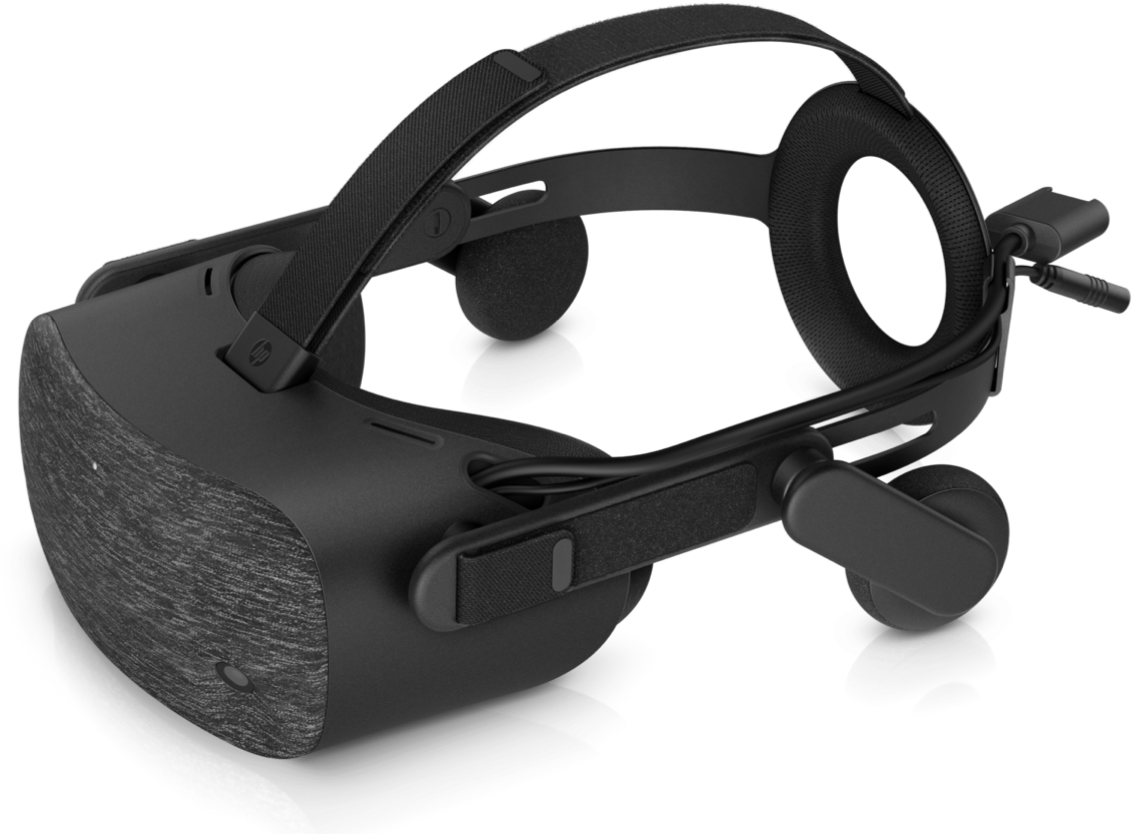There is a certain pivotal moment that a virtual reality Content Management System (CMS) needs to come into play, making virtual, augmented, and mixed reality much more accessible to employees.
Your company has long awaited the arrival of engaging and relevant virtual reality content for training your entire team. Recently, you’ve found a content provider that would be perfect for your needs. Now that you’ve got the content — how are you planning to distribute it?
Many companies are adopting VR technology for training and numerous other purposes and quickly seeing its value, but once they get started, they frequently hit barriers that keep them from fully implementing the technology across the company.
Questions pop up like, “how do we actually get the content onto a thousand headsets?” “How can I be sure this is the latest build and the right people are getting it?” “Where does all the data go and how can I use it?”
Very quickly, companies exploring VR can get bogged down in the early stages as an implementation quagmire emerges.
Though there are some important differences, a VR CMS works similarly to a CMS used for building websites (such as WordPress, Magento, or Drupal), which helps users create, manage, and modify website content. For VR, a comprehensive distribution and management solution provides the ability to distribute, manage, and analyze use of VR content within one user-friendly, web-based portal that can smartly send content to wherever it needs to go — potentially across thousands of designated VR headsets, computers, tablets, or even smartphones.
With VR content management, you can deliver VR experiences of all kinds into the right hands within your business, optimizing performance, creating efficiency, and saving money in a variety of ways.
A VR content distribution solution makes training more efficient and effective
The opportunity to easily deploy, use, and manage Virtual and Augmented Reality for training helps your workforce more efficiently access and benefit from the best active learning experiences available today.
A 2018 University of Maryland study analyzed whether people learn better through virtual, immersive environments, or more traditional platforms, such as computers and tablets. Researchers found that people remember information better if it’s presented to them in an immersive, virtual environment.
The benefits of VR training include fully immersive and interactive 3D photorealistic environments where multiple users can repeatedly interact within educational scenarios, from anywhere in the world.
These scenarios can be randomized to mimic the unpredictability of daily work. VR scenarios also allow for employees to learn skills and safety training in high-risk or high-cost situations that would otherwise be challenging to recreate in the real world.
With VR training also comes real-time reporting, data analytics, and immediate feedback to track and improve employee performance.
Optimize training with VR content management
According to a PwC report, more than a third of US manufacturers surveyed either already use VR/AR technology or plan to do so within the next three years. In the report, about one-third of respondents not yet adopting VR/AR technology say they’re sitting on the fence because they have yet to identify a practical application, 31% think the technology isn’t ready for mainstream use, and 20% say it’s cost prohibitive.
These hesitations show the need for streamlined, affordable VR content management.
With easier and more cost-effective implementation, VR training increases employee engagement, retention, productivity and risk mitigation, saving time and money, making its benefits quantifiable. Through these benefits and savings in travel and training costs, the expenses to implement and distribute VR content are recovered, according to Deloitte.
Your company can optimize training programs with a VR CMS platform where you can curate and customize content and manage VR training programs in a central platform, with widespread, secure employee access. This makes VR content easier than ever to deploy and scale, meeting the growing demand for enterprise content.
Content curation and customization
VR and AR content is becoming increasingly accessible for more businesses. With certain VR platforms, (such as PIXO’s), companies can license “off-the-shelf” VR content from a growing library, distribute private or third-party-created content, or enhance content using a set of development tools.
On the supply side, developers can even gain revenue and exposure from content they’ve created by licensing it to other businesses as well.
All of this has a “democratizing” effect on extended reality technologies, allowing quicker access for more people to more XR content at a more affordable monthly rate, rather than paying high-six or even seven-figure sums for custom content development each time new training programs are needed.
In the near future, drag-and-drop content-creation tools that allow for customizing XR content without advanced technical knowledge will become possible, empowering businesses to more easily adopt and expand VR training programs for various operational needs.
And when it comes to that high-dollar, custom, proprietary content — the kind of content you probably wouldn’t want your competitors to see — VR and AR experiences and information can also be shared securely across even the most widespread enterprises through the right VR CMS platform.
A central platform to manage VR training programs
A VR platform provides content management tools for customizing and distributing VR training resources to thousands of employees and devices.
Within one cloud-based, “point-and-click” control center, you can create, edit, and manage permissions for each employee’s user profile. From there you can share original, curated, or internally developed VR content with the appropriate users.
With unique profiles in one central portal, you can track in-depth, real-time data on individual trainee performance, gaining critical insight into what employees know and what they need to work on. This can then be used to adjust training programs to meet trainees’ differentiated needs. In some cases, performance feedback can even be given directly to employees during their training.
Simple and secure employee access
With content management comes a streamlined VR experience at every stage, from content creation to actual training.
Using a VR platform, permission-based content can be provisioned to individual headsets or other devices within a fleet. From there, each user verifies their profile through a simple authentication process, ensuring the right content securely goes to the right people, right away. Users can download and start using VR content for instant access to training, from any location, at any time.
Make VR training work for you – improve overall operations
A VR content management system can help you optimize your investment in VR training programs, taking you beyond the proof-of-concept phase to a point where you can grow your business using the VR tools you’ve put in place.
Importantly, with a VR and AR CMS, the applications go well beyond training alone. With extended reality, you can improve not only your training, but operations across other departments and aspects of the business.
The PIXO VR platform empowers businesses and organizations to access, distribute, and manage all of their XR content within one, secure, cloud-based system — easily.
If you want to take the next step in optimizing your VR, AR, and MR content, start a conversation today and learn how we can help.

Request a demo today.


